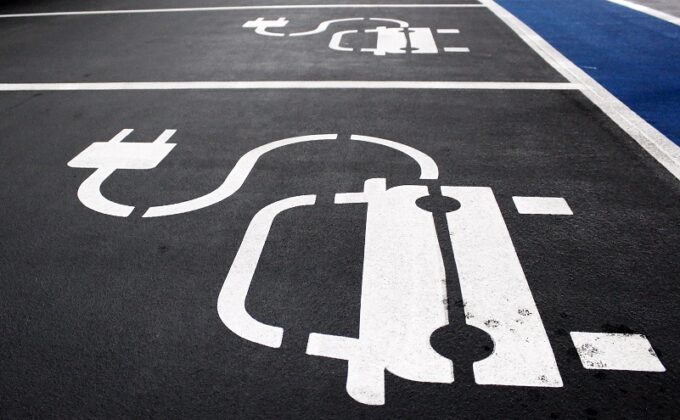Content Filter:
June 23, 2023
From the Ground Up: Rural Electric Co-ops Can Lead on Decarbonization
- Megan Anderson ,
- Ken Colburn ,
- Camille Kadoch
With the Biden-Harris administration’s recent announcement of $11 billion for rural energy providers to electrify and decarbonize, rural electric cooperatives now have the boost they need to apply their nimble capabilities and lead the energy transition. Although energy… View Summary +

May 22, 2023
Navigating the Workforce Bottleneck
- Mary MacPherson ,
- Camille Kadoch
The workforce is the driving engine of the economy. This adage is equally true even when the engine is efficient and electric. Clean energy jobs in the fields of energy efficiency and electrification are increasing. While the U.S. workforce grew… View Summary +
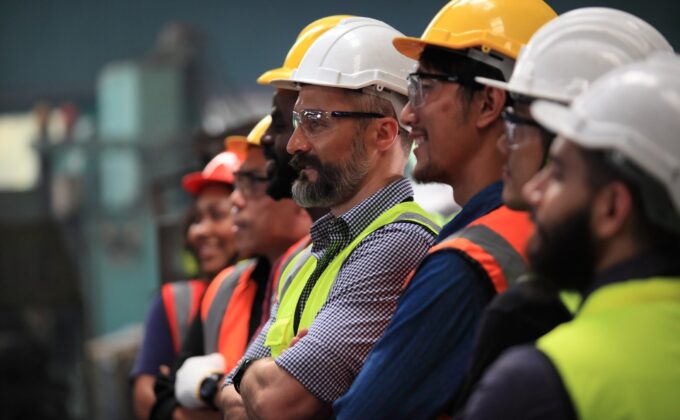
May 8, 2023
In the Electrification Push, Familiar Tools Get Repurposed
- Jessica Shipley ,
- Camille Kadoch
Stephen King wrote, “Sooner or later, everything old is new again.” Many “new” regulatory approaches to encourage building electrification are actually just new applications of tried-and-true methods policymakers have been using for years. Take, for example, clean heat standards, which… View Summary +
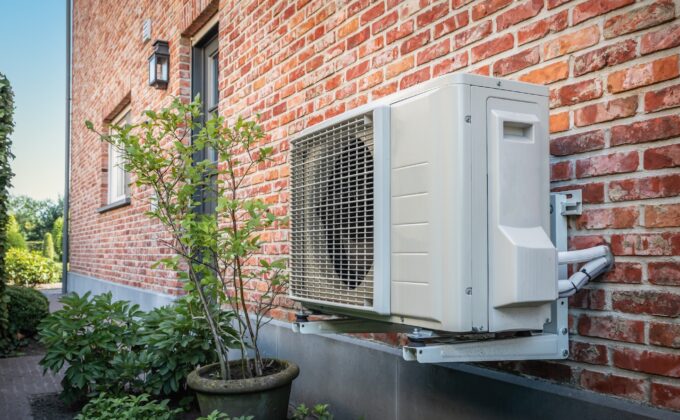
May 1, 2023
To Save Energy, Cities Turn to Building Performance Standards
- Kim Cheslak ,
- Erin Beddingfield ,
- Camille Kadoch
When homes and buildings are first constructed, they must meet the building code in place at the time of construction. The median age of U.S. homes is 39 years, which means that most homes are decades out… View Summary +
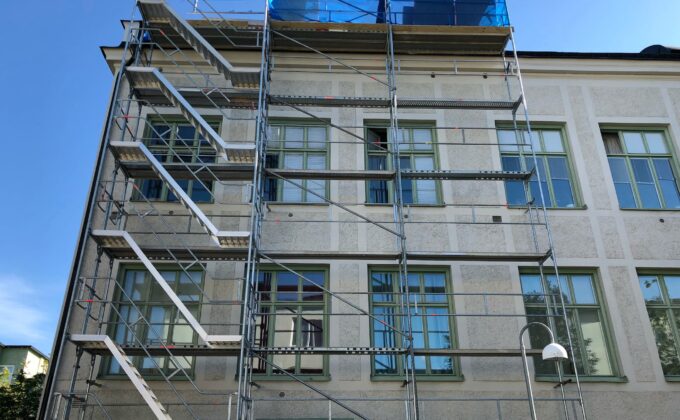
April 17, 2023
A Chance to Transform Weatherization Programs
- David Smedick ,
- Camille Kadoch
Across the country, state and local governments are awaiting a windfall investment from the federal government to modernize infrastructure and ensure energy security. Everything from housing to bridges, airports and the electric grid will receive an injection of funds to… View Summary +

April 5, 2023
Tackling the Job of Building Modernization: A Toolkit for State Decision-Makers
- Camille Kadoch ,
- Donna Brutkoski ,
- Jessica Shipley
Energy efficiency and electrification are the dynamic duo of a modern building. Technology advances in both these areas mean that we have the ability to improve the comfort and health of a building’s residents, save them money, reduce air… View Summary +
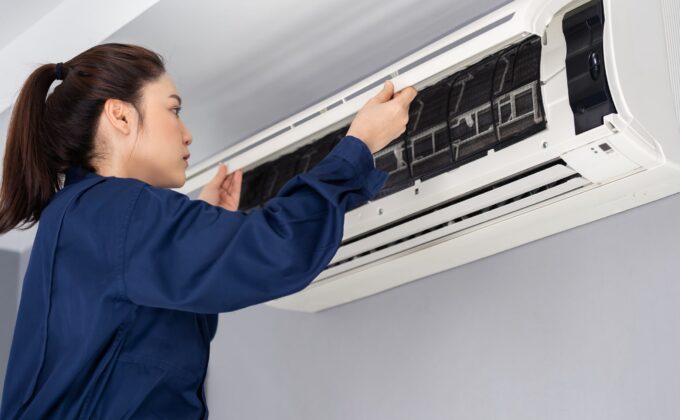
November 29, 2022
Hybrid Heat: the Cool Path to Home Heating
The opportunity: If the over 50 million US homes that have central air conditioning and a separate heating system just replaced their AC with a look-alike and more efficient “two-way” heat pump unit, those households could not only cool over… View Summary +
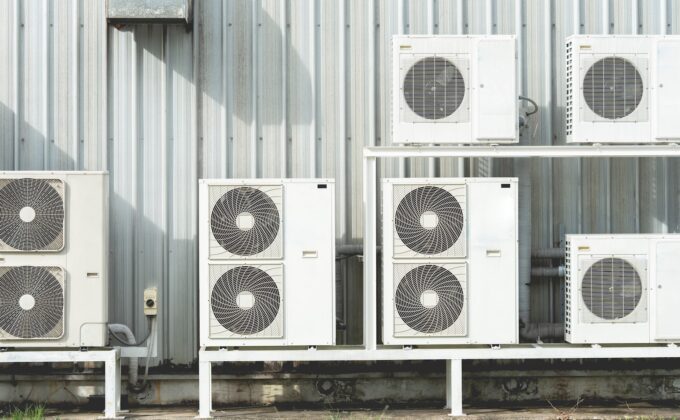
June 22, 2022
Utilities Want to Provide EV Fleet “Advisory Services.” Should Regulators Approve?
- Jeff Ackermann
As the electrification of vehicle fleets goes mainstream, fleet owners are facing a gauntlet of challenges, starting with engaging their electric service provider. The utility response of providing “advisory services” is both creative and presents new challenges for utility and… View Summary +
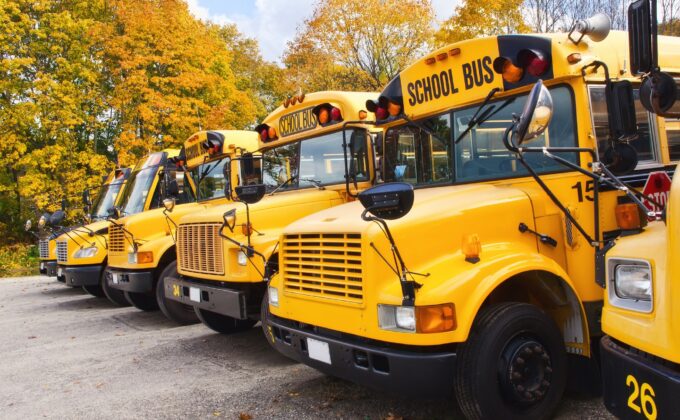
May 21, 2021
How Electrifying Trucks Can Help Roadside Neighborhoods Breathe Easier
We know that electrifying trucks, as we wrote last month, can reduce significant amounts of air pollution; it can also have significant health benefits, particularly for frontline communities. Analysis by Alexander Meitiv and Ann Xu for Texas A&M’s… View Summary +

March 12, 2021
Be Strategic with Your EV Funding: The Essential Charging Network
As the Rolling Stones once told us, “You Can’t Always Get What You Want.” That idea might certainly apply to jurisdictions that would love to have the resources to build out a comprehensive charging network for electric vehicles, but find… View Summary +
